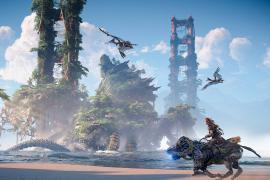How Zelda evolved from damsel in distress to playable warrior princess
These six games and series actually let you play as the Hyrule princess

As the most beloved of Nintendo’s franchises after Mario, it’s long been a running joke that The Legend of Zelda is a series where you don’t actually play as the titular character. You could say Nintendo has form in this area, with the company’s first gaming hit – Donkey Kong – named after its antagonist. But that’s at least more interesting than being named after a character you’re just out to rescue.
Named after Zelda Fitzgerald, the princess of Hyrule has more elegance and narrative depth over the course of the series’ near-four decades than the Mushroom Kingdom’s Princess Peach and her endless kidnappings. But however you dress it up, she’s often relegated to the damsel in distress.
Fortunately, in recent years, Zelda has taken on a more active role in her own story, and not just been in spin-offs but as part of the mainline series and canonical story. As her latest starring role in Hyrule Warriors: Age of Imprisonment releases on the Nintendo Switch 2 this week, here’s a look back at the times when Zelda has, for better and worse, been given a playable role in games.
Zelda: The Wand of Gamelon (CD-i, 1993)
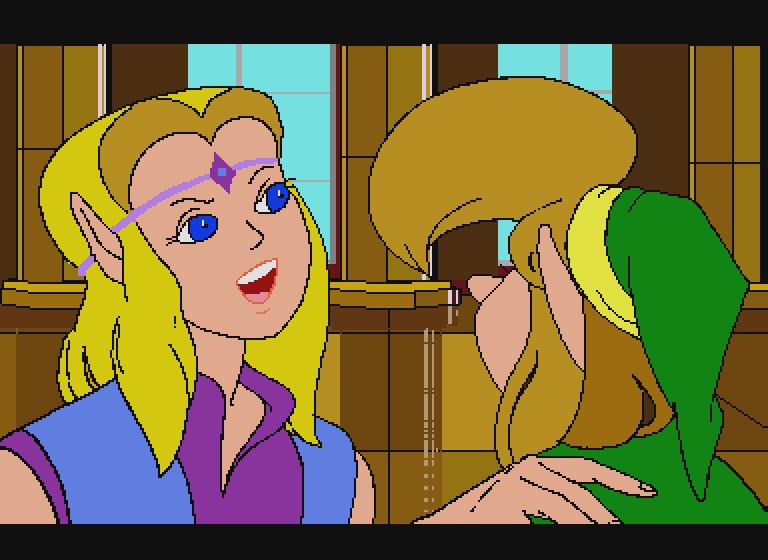
Infamous not as Zelda’ first playable role, but being one of the worst games ever made – and only made possible after Nintendo apparently made good with CD-i manufacturer Phillips following a scrapped plan for the latter to make a SNES CD-ROM add-on. The Wand of Gamelon might’ve been groundbreaking back then with its incorporation of FMV animated cutscenes and voice acting – but the laughable MS-Paint-like art direction turned it into a recognisable internet punching bag years later.
Given that the CD-i wasn’t primarily designed for games, it also had terribly unresponsive controls, and it hardly helped that this played as a side-scrolling action game like the mainline series’ most divisive entry, Zelda II. If you’re morbidly curious, playthroughs can be found on YouTube.
The Legend of Zelda: Spirit Tracks (DS, 2009)
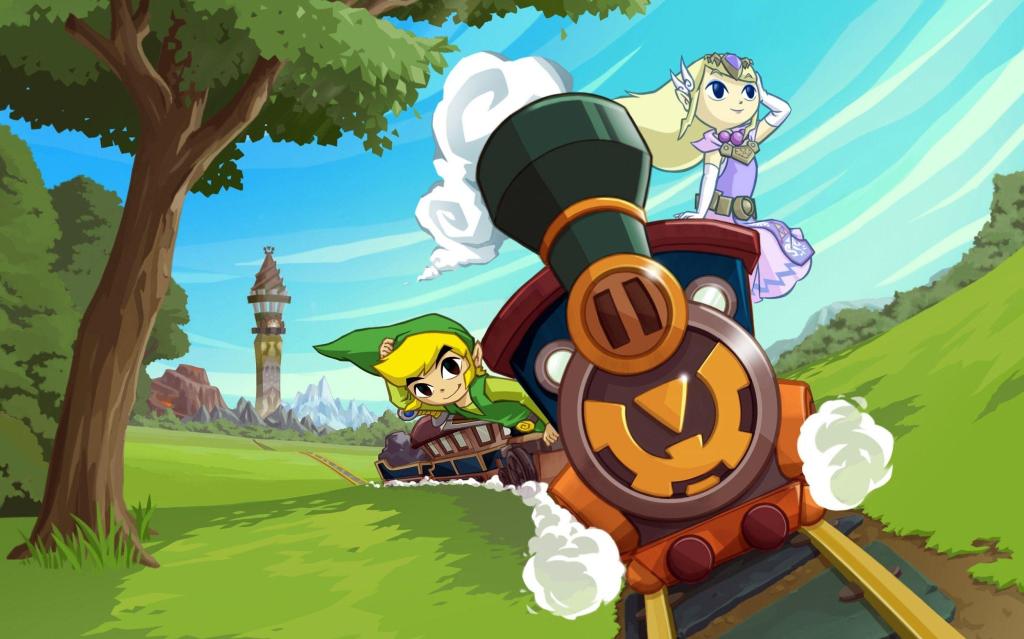
While Zelda has had a stronger role in the series, it has often been under an alter ego, such as Sheik in Ocarina of Time or pirate captain Tetra in Wind Waker. This DS game follows on from the latter’s story and re-uses its cartoony look, but presents the princess in her typical regal self with dress and tiara. The twist is that the villain has separated her spirit from her body, and so she ends up following Link almost like a stand-in for Navi.
There’s more to her than just a talky companion, as she’s able to possess phantom suits of armour, using its sword to attack enemies and solving dungeon puzzles. Admittedly it’s more of a sidekick role, but nonetheless a key stepping stone for giving the princess more agency later.
Super Smash Bros. Ultimate (Switch, 2018)

The first time to really play as Zelda in a powerful way was in all-star party brawler Super Smash Bros Melee on the GameCube. She’s designed to her strengths as a magic user, with spell-based moves based on the three goddesses of Hyrule: Din, Nayru and Farore. Naturally, her Final Smash uses the Triforce of Wisdom, pulling in anyone nearby with a blast that’ll easily send them off the screen.
Her Melee appearance was based on her Ocarina of Time design, while a more detailed version based on her Twilight Princess aesthetic was used for Brawl and the Wii U/3DS games. Ultimate gave her another makeover based on her design in the 3DS’s A Link Between Worlds.
Cadence of Hyrule (Switch, 2019)
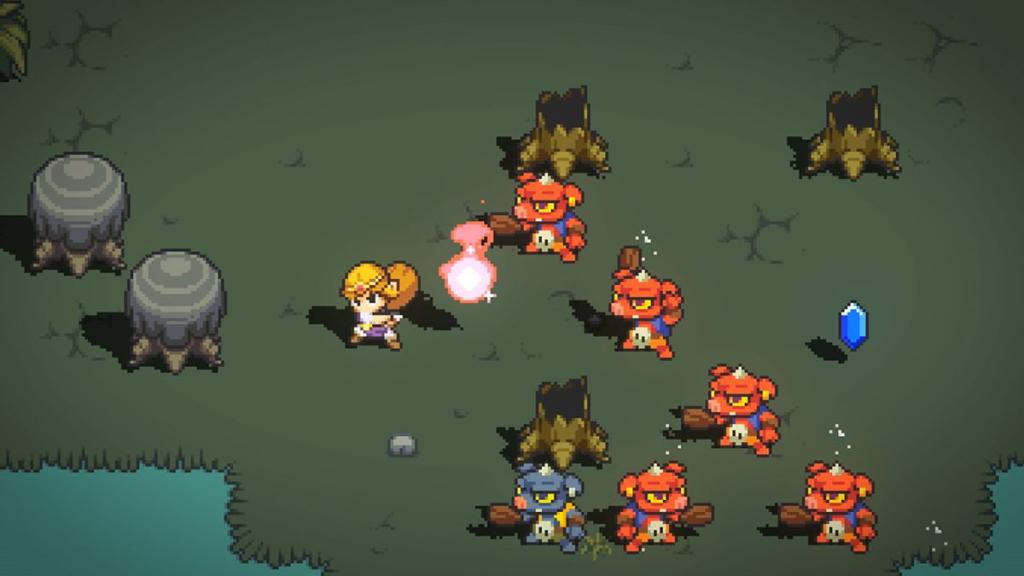
Unlike the earlier licensing disaster, this spin-off saw Nintendo giving the keys to Hyrule for a much reputable developer, indie studio Brace Yourself Games – creators of the acclaimed rhythm-based dungeon crawling roguelike Crypt of the Necrodancer. While Cadence of Hyrule takes that same gameplay style, where you’re moving and attacking in time to the music, it’s a lot less punishing.
The breezy campaign is structured around Hyrule’s iconic overworld in pixel art form, where you have the option to play as Link or Zelda (as well as the Necrodancer heroine herself). Each character is more cosmetic than functionally different in gameplay but this is still one of the best and unique Zelda spin-offs, with a terrific chiptune soundtrack based on many of Koji Kondo’s timeless melodies.
The Legend of Zelda: Echoes of Wisdom (Switch, 2024)
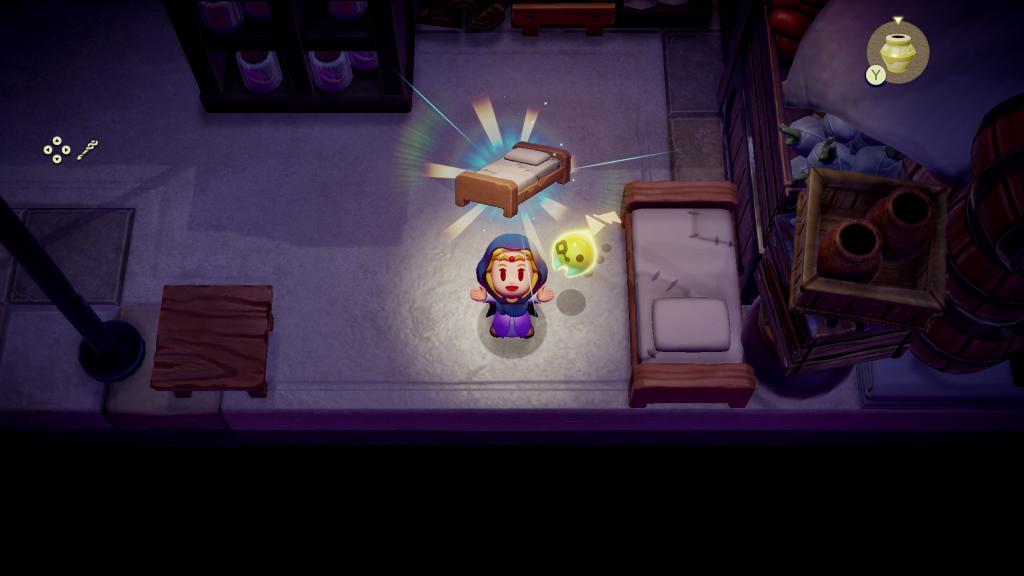
After some interesting spin-offs and guest appearances, it’s finally here that Nintendo officially made Zelda the star in a mainline entry. Using the same engine as the remake of Link’s Awakening, this is a Hyrule where the princess must save the day after Link is sucked into a rift. Smartly, her wisdom is put to ingenious use where you use the Tri Rod to learn and create copies (or echoes) of objects and enemies for solving puzzles, traversing the world and helping you fight.
While it makes for a messier menu system, being able to summon virtually anything while in the overworld or a dungeon gives this 2D game almost much of the same creative freedom as the latest 3D games. It’s just a bit of a shame that developer Grezzo cops out on this premise by also giving Zelda the ability to temporarily take on a rather familiar swordfighter form.
Hyrule Warriors: Age of Imprisonment (Switch 2, 2025)
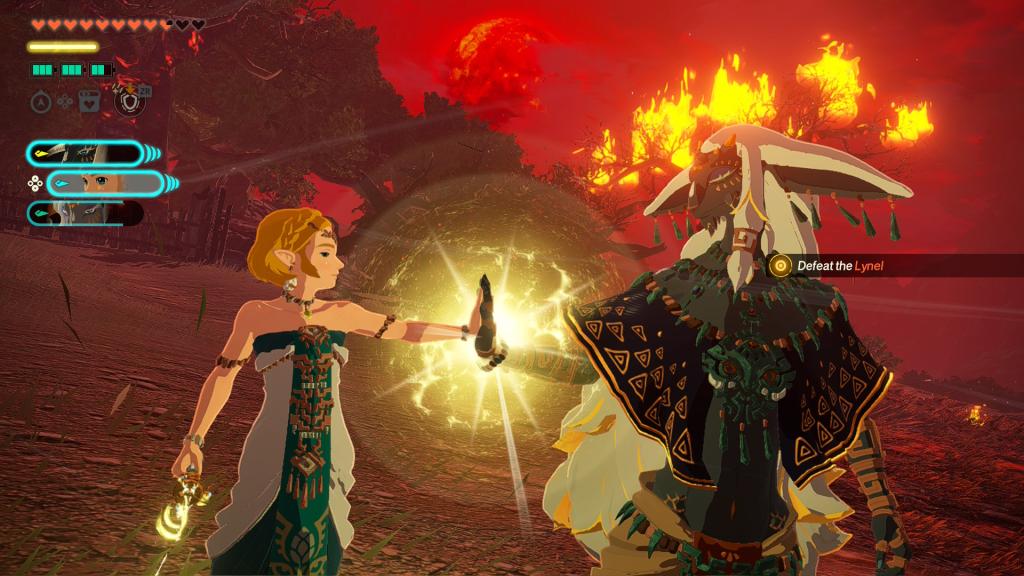
Koei Tecmo’s Warriors franchise (also known by its Japanese title, Musou) and OTT 1-versus-1000 gameplay style has seen many licensed spin-offs over the years, with the Zelda-themed Hyrule Warriors arguably its most popular. While the first one on Wii U (later remastered for Switch) was essentially Zelda fanservice in hack-and-slash form, its subsequent entries have been better considered alongside the mainline games, with consistent visuals.
Where 2021’s Age of Calamity was like a parallel version of Breath of the Wild, Age of Imprisonment is a canonical prequel to Tears of the Kingdom. It fills us in on Zelda’s ancient Hyrule and how the Imprisoning War against Ganondrof played out. Unlike previous entries where she was one of many playable characters, this time she’s the leading lady from the get-go.
Zelda’s combat style has drastically changed with each new entry, initially wielding a rapier and light magic, then the Sheikah Slate and rune powers in Age of Calamity. For Age of Imprisonment she has what’s best described as her own take on a lightsaber, which makes cutting down multitudes of foes a breeze. That’s on top of her signature Bow of Light, and you can even make use of TotK‘s Zonai devices.
Of course, as a Warriors game, she won’t be fighting alone. Your roster grows over the course of campaign, from Hyrule king Rauru to a fast-talking, sword-wielding Korok, as well as a Zonai construct that bears a rather familiar appearance to a certain absent hero. Better yet, you can pair characters up on the battlefield to let rip with some unique and devastating attacks, all while maintaining a smooth 60 FPS. Forget the passive princess of old, this is Zelda as a full-on warrior princess.

